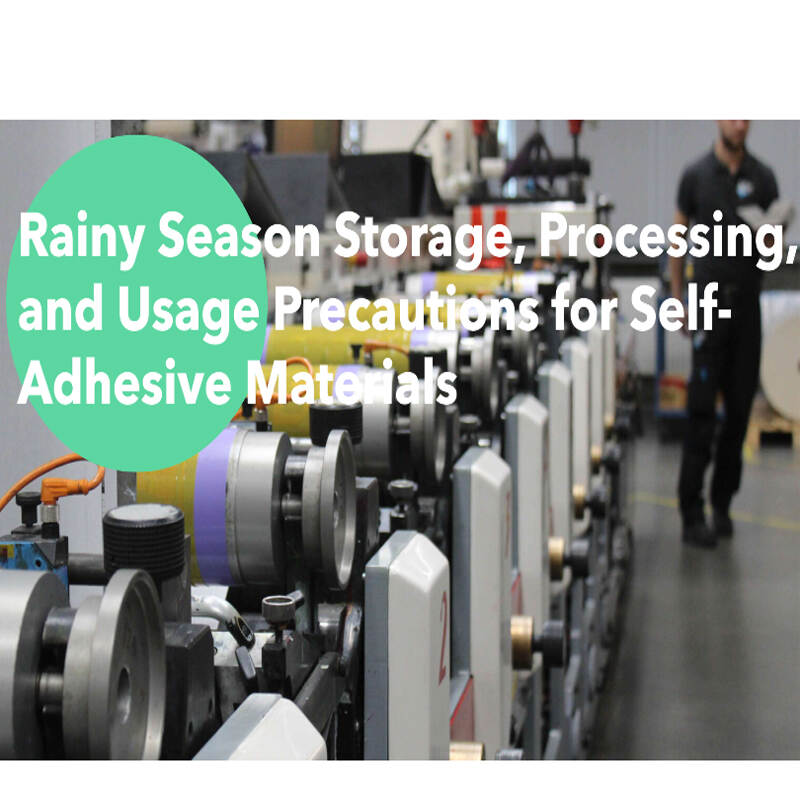Email cannot be empty
Password cannot be empty
Email format error
Email cannot be empty
Email already exists
6-20 characters(letters plus numbers only)
The password is inconsistent
Email format error
Email cannot be empty
Email does not exist
6-20 characters(letters plus numbers only)
The password is inconsistent


Rainy Season Storage, Processing, and Usage Precautions for Self-Adhesive Materials
Self-adhesive labels consist of a "sandwich" structure made up of a release liner, adhesive, and face stock. Due to their unique composition, it’s crucial to pay attention to environmental factors that can affect the face stock, adhesive, and release liner during the usage and storage of self-adhesive materials. Environmental factors become even more critical during specific seasons like the rainy season, summer, and winter, which can easily cause issues with self-adhesive materials and labels. Addressing these environmental challenges is essential to avoid unnecessary economic losses.
Common Storage Precautions for Self-Adhesive Materials
Self-adhesive materials should be stored in a dry environment to avoid adverse effects such as moisture absorption and curling due to high humidity. The recommended storage conditions for self-adhesive materials are a temperature of 23°C ± 2°C and a relative humidity of 50% ± 5%. When storing self-adhesive materials provided by suppliers in their original packaging, ensure that they are not placed directly on the floor or against walls. The stacking height should be minimized, and materials should be stored away from heat sources and open flames, avoiding direct sunlight exposure. When using self-adhesive materials, do not open the original packaging prematurely before removal from storage. It is essential to follow the "first in, first out" principle, and any materials returned to storage should be repackaged or undergo secondary packaging.
The rainy season is characterized by high humidity, making moisture control crucial when using self-adhesive materials. Key precautions include:
Storage:
- Keep the original packaging intact until the materials are ready for use.
- If self-adhesive materials are temporarily unused after opening or need to be returned to storage, they should be promptly repackaged to prevent moisture absorption.
- Dehumidification measures should be implemented in storage and processing areas.
- Semi-finished and finished products should be promptly packaged, with particular attention to sealing and moisture-proofing.
Label Application:
- Common issues during label application in rainy seasons include label lifting, peeling, and bubbling, especially on corrugated cartons.
- Avoid opening the packaging of labels before application to prevent moisture-related deformation.
- Ensure that the surfaces to be labeled, such as cartons, are kept dry to avoid warping, wrinkling, or bubbling.
- Newly made corrugated cartons should be allowed to acclimate to the environment's humidity before labeling.
- Align the grain direction of the labels with that of the corrugated cartons to minimize the risk of wrinkling or lifting after application.
- Apply adequate pressure during labeling, especially at the edges, to ensure proper adhesion.
- After labeling, store the labeled products in a low-humidity, enclosed space until the adhesive sets before moving them to outdoor storage or transportation.

For more insights on improving your label quality and production efficiency, visit https://www.sigapackaging.com/

